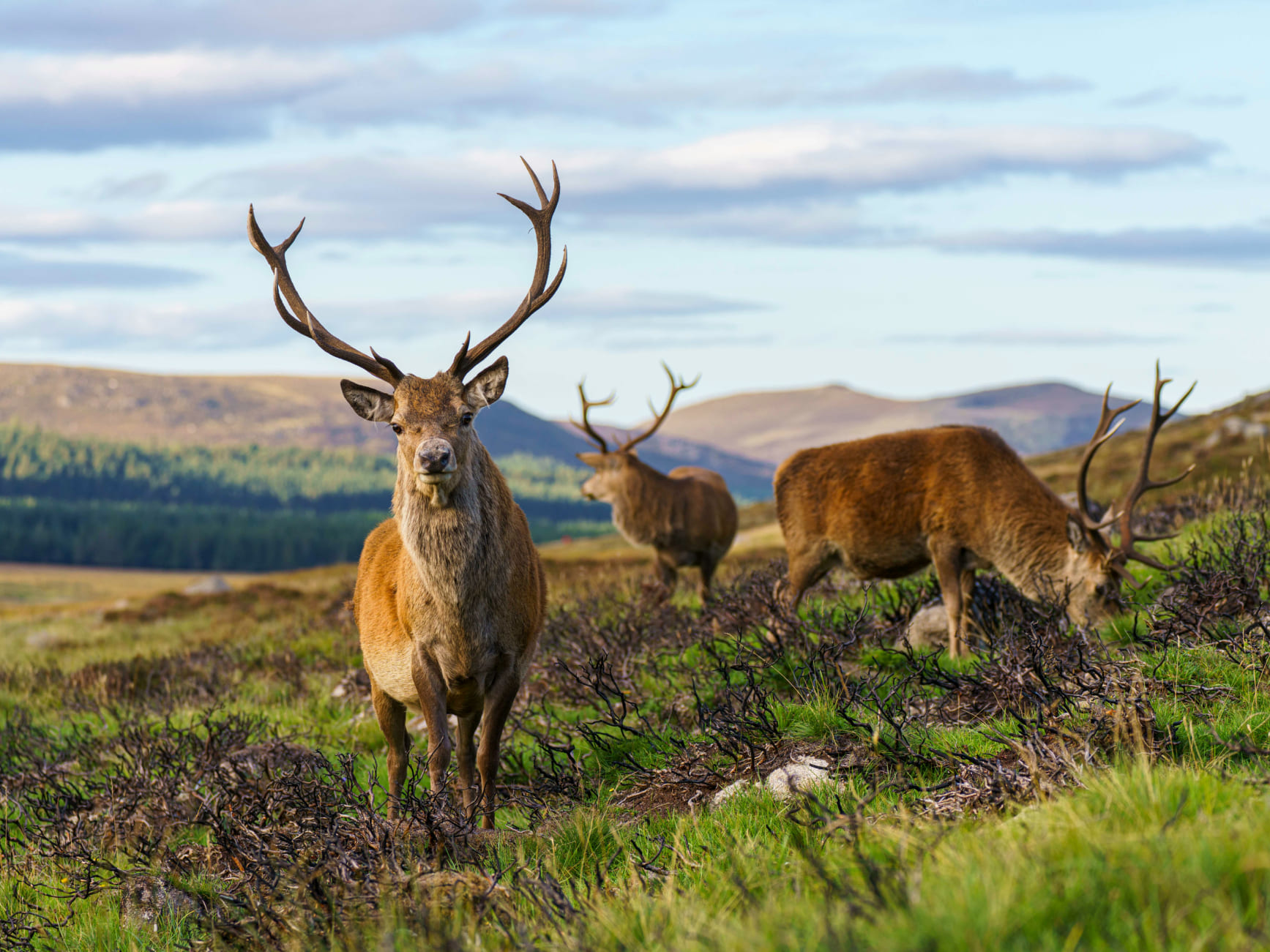
Empowering Communities for Wildlife Conservation
Wildlife and human communities are often deeply intertwined, especially in regions where people live close to natural reserves or biodiversity hotspots. In these areas, communities and wildlife share the same resources and landscapes, leading to both mutual benefit and occasional conflict. The success of wildlife conservation often relies on the involvement and cooperation of these local communities, who hold traditional knowledge and a deep connection to the land.
Communities living near natural habitats are usually the first to witness the effects of environmental changes. Many indigenous and rural populations have long practiced sustainable ways of interacting with the environment, harvesting only what is necessary and respecting the balance of nature. They understand that the survival of wildlife is closely linked to their own well-being, as healthy ecosystems provide fresh water, fertile land, and natural resources.
In regions where wildlife is seen as a threat to crops or livestock, understanding and communication between communities and conservationists are crucial. Finding ways to coexist, such as promoting eco-tourism, sustainable agriculture, and other wildlife-friendly practices, can create harmony between human and animal populations. When communities are empowered to protect their environments, they contribute to preserving biodiversity, ensuring that both humans and wildlife can coexist in harmony. The result is a world where every creature, human and animal alike, has the opportunity to thrive.
